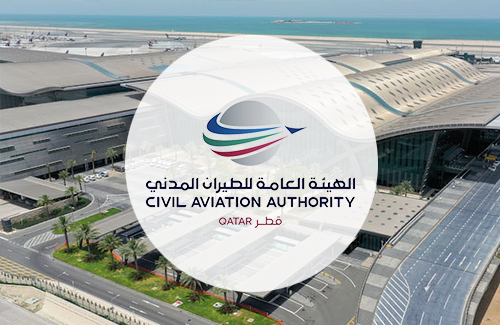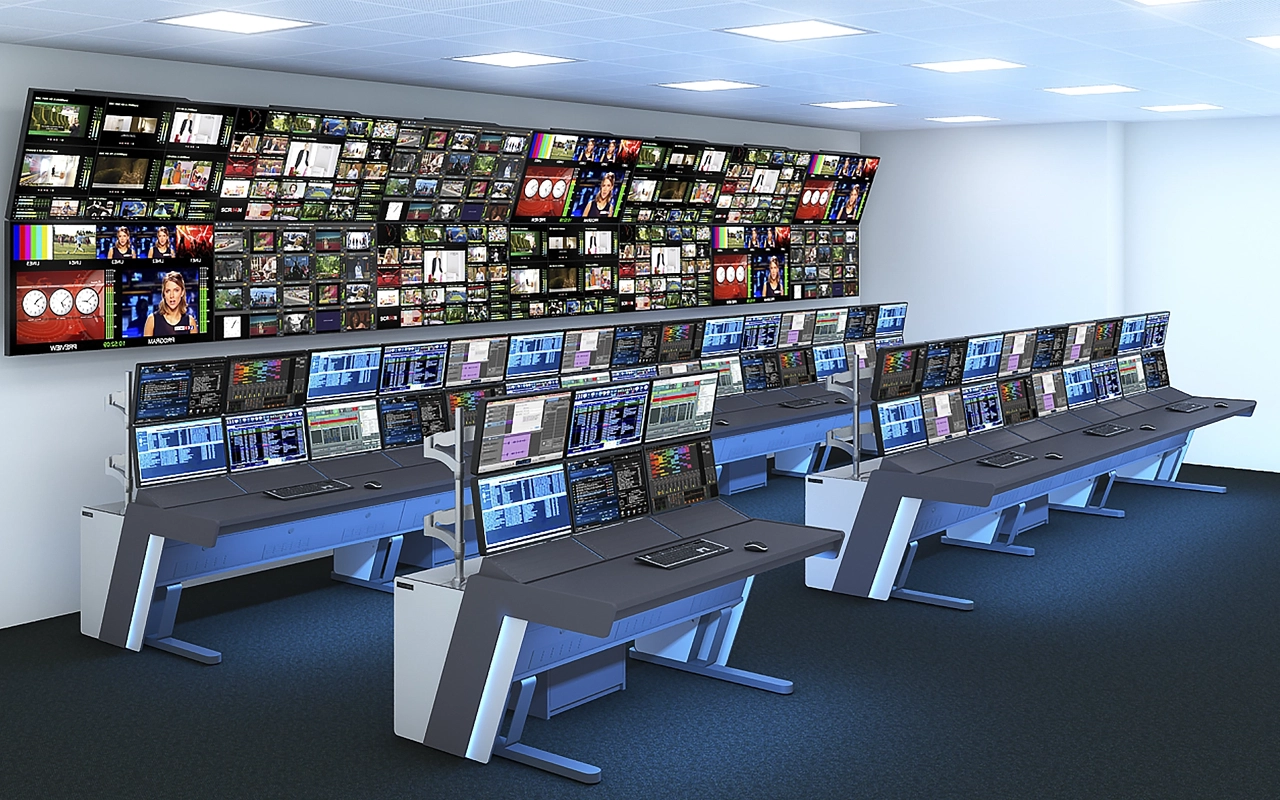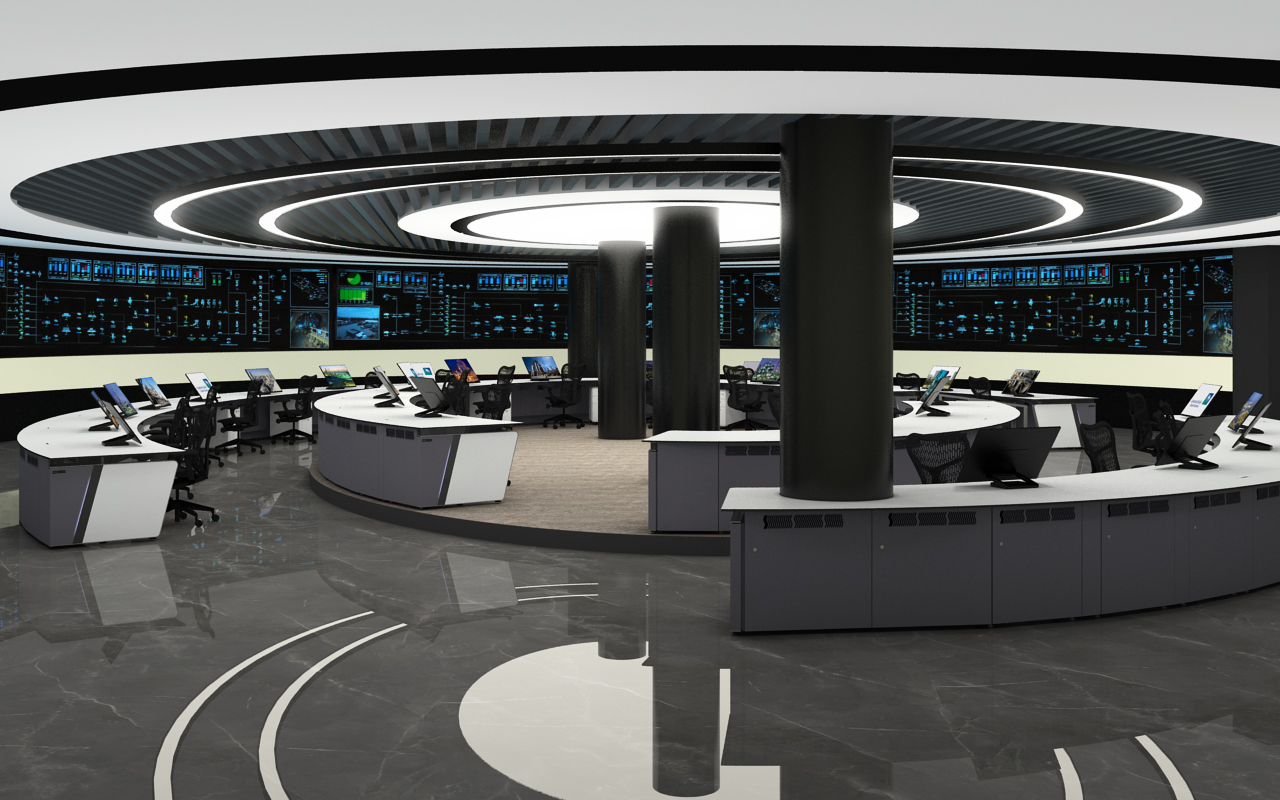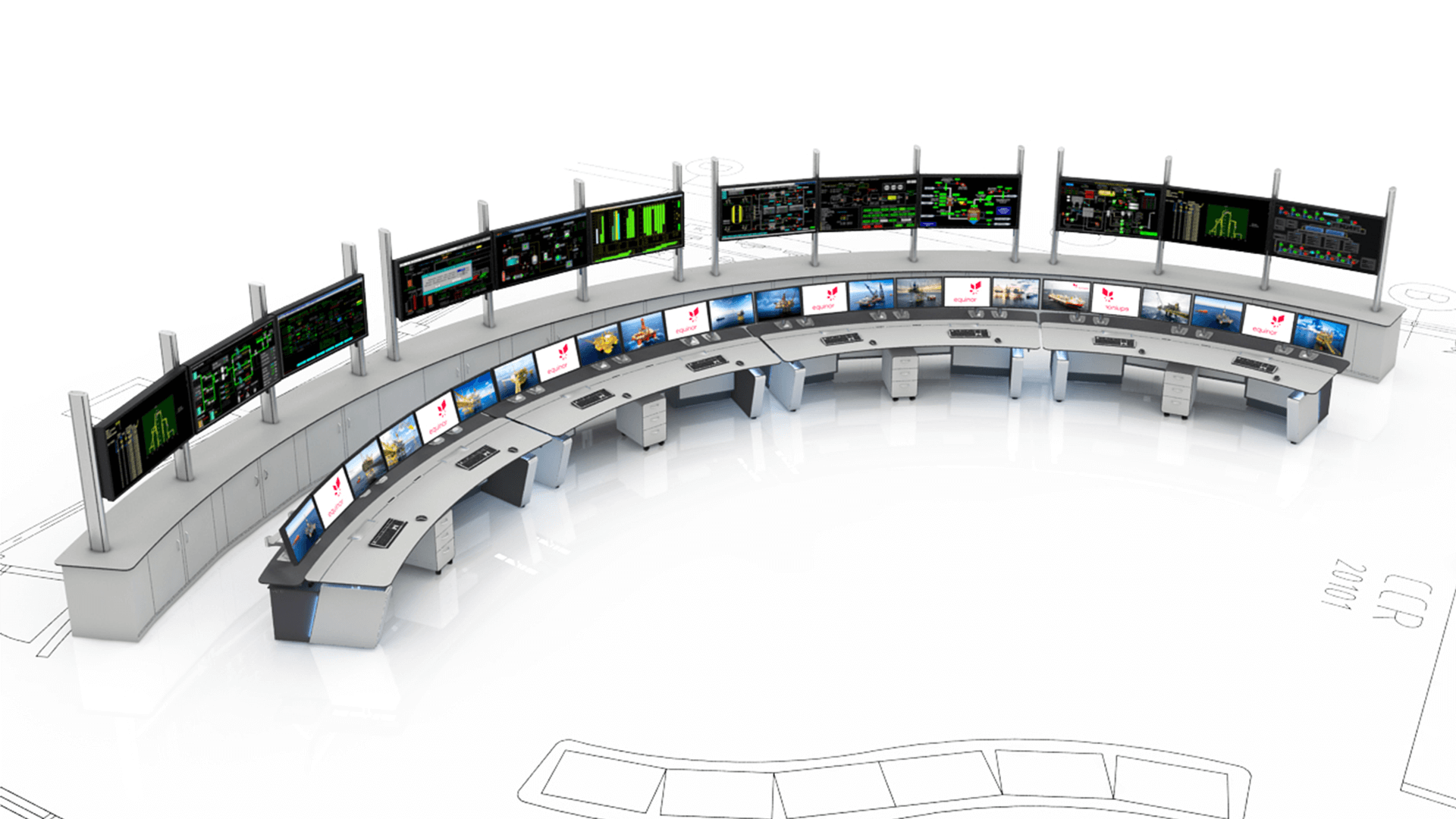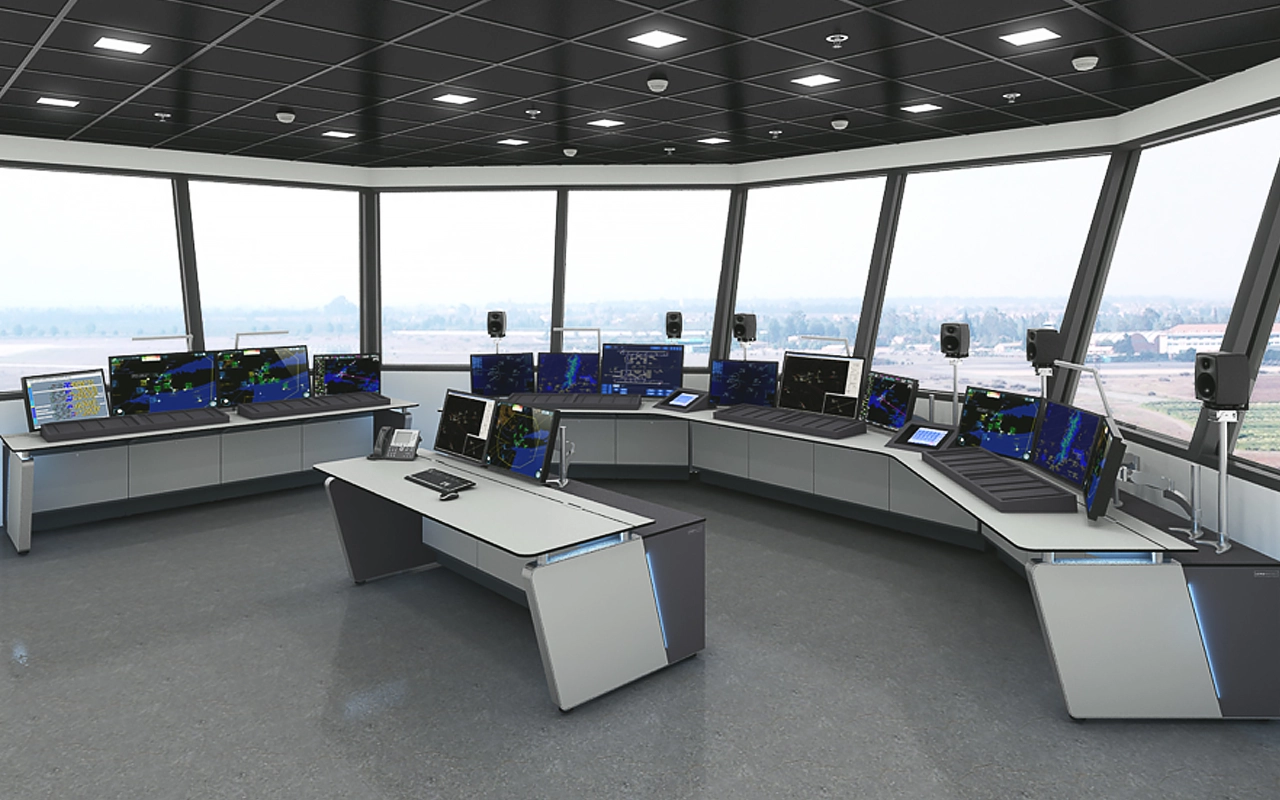Embracing Evolution: Does Your Control Room’s Working Environment Design Promote Cro Vigilance And Alertness, Necessary To Reflect The Investment Made In Your Technical Safety Systems?

It is well understood by safety critical industries, that the ability of Control Room Operators (CROs) to maintain comprehensive situational awareness is paramount for managing abnormal conditions to a safe operational state effectively and within any potential event velocity.
Great efforts, both in time and resources, are commonly made to optimise the CRO's situational awareness in operational areas and available technologies such as enhanced job design, workload management (both over and under), operator training, intuitive systems design enhanced with AI algorithms, Human-Machine Interface (HMI) design, alarm management, root cause analysis systems, pop-up procedural support, the integration of digital twins (virtual reality), and remote condition-based monitoring utilising ‘big data’.
Although these all contribute to the efficiency, effectiveness, and safety of the overall socio-technical system (STS) they rely to varying extents on the CROs vigilance and alertness to understand and react to the information presented to them.
The vigilance and alertness of CROs can be severely compromised by Performance Shaping Factors (PSFs) such as stress and fatigue. Common failings in the design of 24/7 safety-critical operational environments, such as poor lighting, acoustics, thermal control, and air quality are all recognised PSFs. Inadequacies in these specialist design areas can impair CRO performance, leading to an increased potential for human error and risk for the business (safety, reputational or financial).
Additionally, the health and well-being of CROs is influenced by the quality of their working environment and therefore potentially their capacity to carry out safety critical tasks effectively and efficiently. A well-designed 24/7 safety critical working environment not only reduces the potential for human error, but it also improves the overall job satisfaction of the CROs. Meticulous attention to the working environment design using both expert knowledge and practical experience, is therefore essential to ensure that CROs can fulfil their vital role as safety guardians effectively.
Does your control room's working environment design reflect the investment made in your technical safety systems while also supporting the health and operational efficiency of your CROs?
